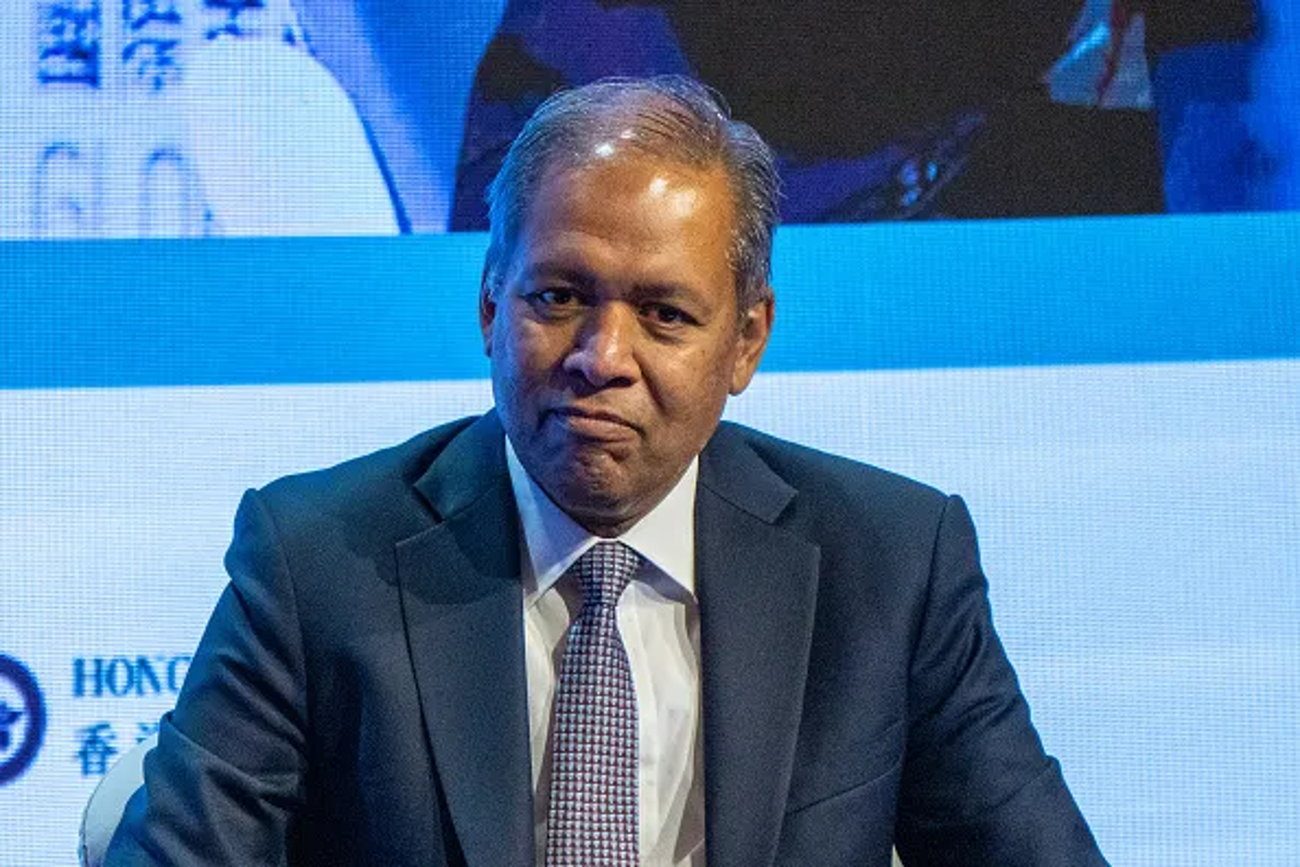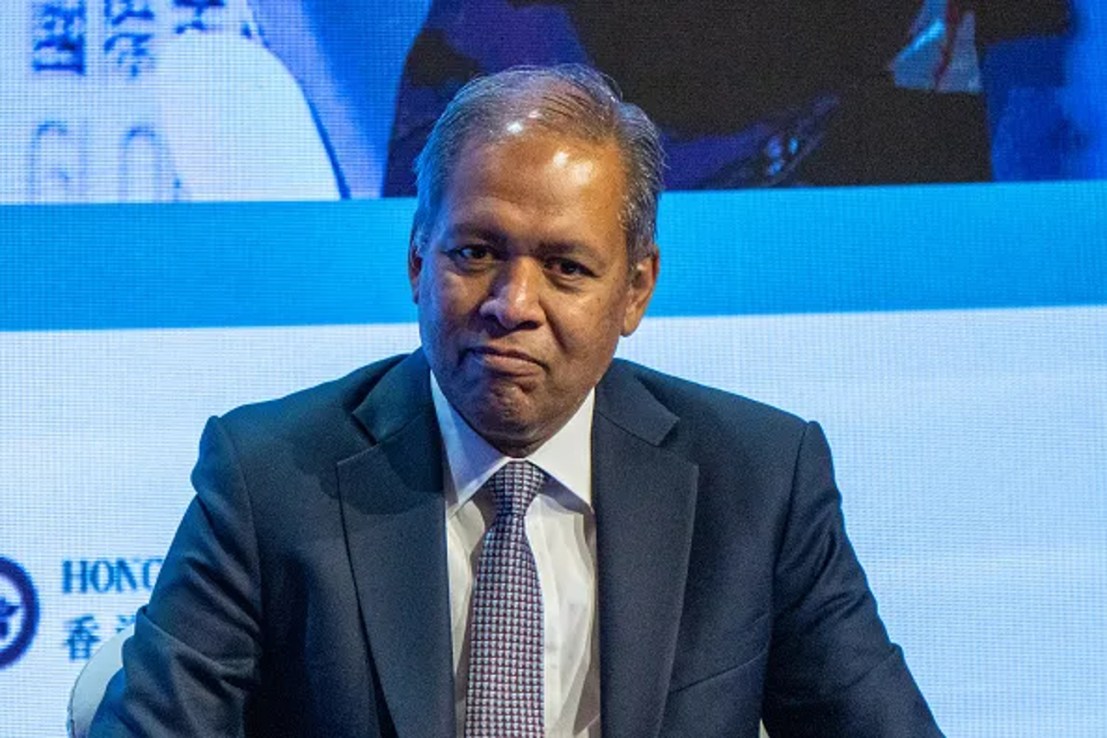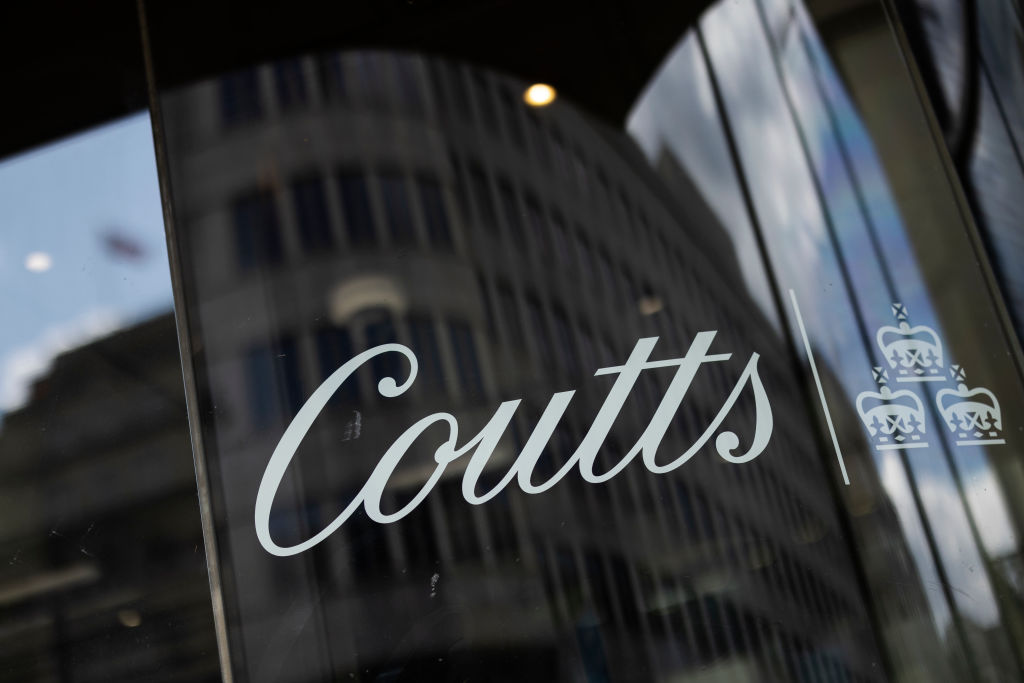Barclays chief CS Venkat: ‘We are creating a simpler, better, more balanced bank’
Barclays chief executive CS "Venkat" Venkatakrishnan has announced that the bank will become "simpler, better and more balanced" in a much-anticipated update on its restructuring plans.


Barclays chief executive CS “Venkat” Venkatakrishnan has announced that the bank will become “simpler, better and more balanced” in a much-anticipated update on its restructuring plans.
It revealed this morning that the new strategy was designed to cut £2bn in costs and return at least £10bn to shareholders by 2026.
In a four-and-a-half-hour strategy update, the FTSE 100 bank confirmed that it expected half of the cost savings to land this year.
The update is the first of its kind in a decade. Looking back, Venkat was critical of parts of the bank’s performance during this period.
He said the roughly £16bn spent on litigation and conduct was “a very, very disappointing number” and “a stark and serious reminder of why it is important to run a bank well”.
Venkat added that the bank needed “to improve our customer experience and outcomes”, with Barclays facing high numbers of official complaints in recent years.
“We are creating a simpler, a better, a more balanced bank,” Venkat told investors. “We have listened, we have heard and we will do even better.”
Cost-cutting measures
The new strategy has already cost the bank £927m in “structural cost action”, including £340m on staff, £227m on office space and £360m on infrastructure.
Cuts will be focused on Barclays’ UK consumer business and global investment bank, both of which are set to see £700m in cost reductions. Barclays’ UK corporate bank will see £100m in cuts.
Barclays aims to increase its total income to some £30bn by 2026, up from £25.4bn in 2023, with a focus on building “more stable income streams” from retail and corporate banking.
It plans to achieve a cost to income ratio of 63 per cent for 2024, down four per cent from last year, with plans for this figure to be in the “high 50s” by 2026.
The bank is targeting a return on tangible equity (RoTE) of more than 10 per cent in 2024, with a target of above 12 per cent by 2026. Its RoTE was 10.6 per cent in 2023, excluding the restructuring charge.
Corporate structure
Barclays’ new corporate structure is set to comprise five new divisions: Barclays UK, Barclays UK Corporate Bank, Barclays Private Bank and Wealth Management, Barclays Investment Bank and Barclays US Consumer Bank.
Vim Maru, currently global head of consumer banking, has been appointed CEO of Barclays UK. Matt Hammerstein is set to lead the UK Corporate Bank and become head of public policy and corporate responsibility.
Sasha Wiggins has been appointed CEO of the private bank and wealth management arm, while Denny Nealon will continue as CEO of the US Consumer Bank.
Venkat said that the plan to simplify and restructure the business “delivers greater accountability and transparency in reporting to investors”.
He added that Barclays was in “advanced discussions” over the sale of its German cards business and Italian mortgage book to fully exit European retail banking outside of the UK.
Paul Compton will step down from his role as global head of Barclays’ Corporate and Investment Bank and president of Barclays Bank Plc to become chair of the new investment banking division.

Investment bank
Venkat is under pressure from shareholders to boost the bank’s share price, which has lagged behind its high street peers, and diversify Barclays’ business model away from its global investment bank – often seen as a volatile revenue source.
Some investors have urged him to ditch the arm entirely as it is relatively small compared to the dominant Wall Street firms and has seen revenues drop amid a slump in dealmaking and capital markets activity.
However, the new strategy has doubled down on the business, with Venkat saying the investment bank was “at scale today” and “delivering at a time when many competitors are pulling back”.
He added: “Our investment bank has to be higher returning, and relatively speaking it has to become a smaller part of Barclays.”
Vankat noted that Barclays’ investment bank was at “an earlier stage of maturity” than its markets business and that while it was volatile “up to a point”, it planned to diversify the unit and generate around £700m of income growth by 2026.
He plans to bring the investment bank’s RoTE, around seven per cent in 2023, in line with the wider group’s target of above 12 per cent by 2026.
Barclays will also introduce a cap on risk-weighted assets for the investment bank, from 63 per cent to around 50 per cent by 2026.
Retail banking and wealth management
Venkat is trying to grow the bank’s income from retail banking and wealth management to reduce Barclays’ reliance on its investment bank.
Barclays emphasised a focus on Britain and said it would allocate an additional £30bn in RWAs to its UK retail bank by 2026.
As part of its expansion into retail banking, the bank announced earlier this month that it had inked a deal with Tesco to buy most of the supermarket’s retail banking operations for £600m and transfer around 2,800 staff.
Meanwhile, it was reported last week that Barclays was exploring a bid for Societe Generale’s UK private bank as part of efforts to grow its position within the wealth management sector.
Venkat said today that Barclays’ private bank and wealth management units needed to “scale further”. He added that Barclays had three million UK customers with investable assets.
Job cuts
The bank first announced the cost-saving exercise in October but had until now given few details on what the strategy would entail.
It revealed in January that it axed 5,000 jobs from its 84,000-strong global workforce last year in a bid to “simplify and reshape the business”.
Venkat revealed today that the bank’s headcount dropped by around a third over the last decade.
Cost-cutting measures include moving around 30% of back office roles in ‘Barclays Execution Services’ into frontline units; decommissioning up to 500 legacy IT applications; rolling out artificial intelligence digital assistants
He added that Barclays was in the process of repositioning around 20,000 back office employees – some 30 per cent of jobs in its Execution Services division.
Barclays is decommissioning up to 500 legacy IT applications. It has moved 75 per cent of its workload to the cloud, with an aim to increase this figure to 85 per cent to 90 per cent.


